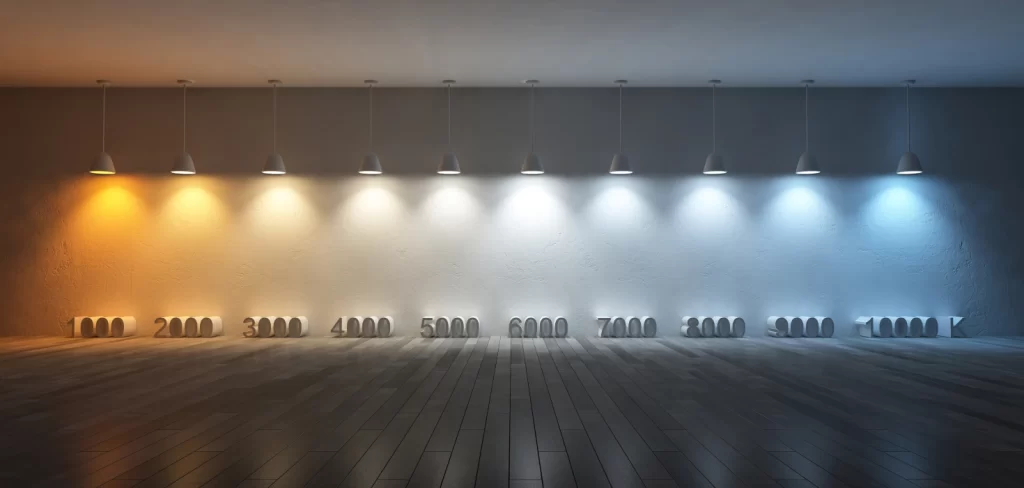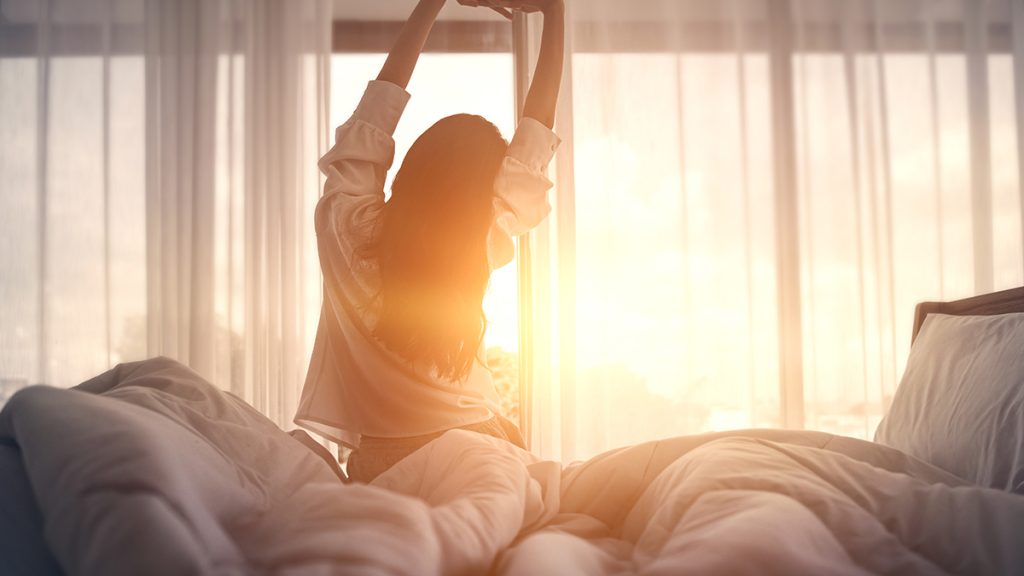Lighting—whether at work, at home, or outdoors—impacts physical and emotional well-being in many ways that can go beyond vision issues. The lighting in the environment in which you live and work can significantly affect your cognition, performance, mood, sleep, and more.
Impact on Moods and Emotions
Researchers are just beginning to understand how lighting can be used to encourage health and well-being. This notion has been named human-centric lighting. The primary goal of human-centric lighting is to better support a variety of physiological functions through the quantity and quality of the light in an environment. But research supports that light intensity and color have significant psychological impacts, as well.
The influence of intensity
Studies conducted by the Journal of Consumer Psychology have recognized a correlation between the strength of illumination and the intensity of human emotions—both positive and negative. Participants in their research reported exaggerated perceptions of how warm the room felt, how attractive they found others, and even how spicy their food was while spending time in an excessively illuminated environment. Notably, they also discovered that negative emotions are also magnified—such as a depressed individual feeling even more so on a very sunny day.
Effects of light color
Color temperature, also known as color correlated temperature (CCT), is a unit of measure of how cool or warm the light emitted from a light source appears. Color temperature is measured in degrees Kelvin (K) on a scale from 1000K to 10,000K, with the typical range for indoor lighting applications being from 2000K (a warm, yellow light) to 6500K (a very cool, bluish light). As a reference, the color of daylight at high noon is about 6000K.

Understanding the effects of varying light intensities and color temperatures can help architects and designers enhance the mood and emotional health of those using a particular space. Some examples of using color temperature to support the specific function of an area include:
- Using a blue or cool light (>4600K) in creative environments such as brainstorming spaces to keep occupants invigorated and excited
- Invoking a feeling of calm and creating a sense of trust in a meeting room using a warm light temperature (< 3000K)
- Choosing light in the daylight range (3100K – 4600K) in conference rooms to help the audience feel alert and motivated
It’s no coincidence that the artificial lighting colors that impact our energy levels and mood correlate to the hues of natural light we observe from dawn to dusk each day. Let’s look at how lighting can influence our physiology via our intrinsic body clock.
Lighting’s impact on Sleep and Circadian Rhythm
Humans and animals have internal circadian clocks that synchronize their physiological functions on a 24-hour cycle. Given certain external cues—the most important of which is lighting—this clock keeps functioning as it should, supporting sleep cycles and other bodily functions. However, exposure to the right color of light at the right time of day is key to it functioning properly.
In the morning, the presence of light stimulates photoreceptors within the eyes of humans and other vertebrates to signal to the brain to slow the secretion of the sleep-inducing hormone, melatonin. As the melatonin level wanes in our bodies, it boosts our body’s ability to get started with the day. Later in the evening, the lack of exposure to light signals to our brain to restart the production of melatonin, which helps prepare our body for sleep.
While natural light provides full-spectrum light, researchers have determined that it is blue light specifically that acts as the strongest synchronizing agent, having a greater impact on keeping biological and psychological rhythms internally synchronized than do other colors of light.
Indeed, studies show that exposure to blue-enriched office light leads to increased workplace performance, reduced daytime sleepiness, and improved reported night-time sleep quality. However, just as having a cup of coffee at 4:00 pm has its consequences, so does over-exposing oneself to luminous blue hues. Chronic exposure to low-intensity blue light directly before bedtime simulates daylight and will depress the body’s production of melatonin, which may have serious implications on sleep quality. Short-term consequences of an out-of-sync circadian rhythm include insomnia, irritability, and a lack of concentration. But over the long term, sleep disorders can lead to chronic health conditions such as obesity, diabetes, depression, bipolar disorder, and seasonal affective disorder.
Lighting the Way to Improved Employee Wellness
With increasing data connecting natural light to the body’s circadian rhythm, lighting designers are finding innovative ways to use color temperature to replicate outdoor light conditions, which is important given the amount of our day we typically spend indoors. In contrast to fluorescent light sources which provide a constant level of intensity and color throughout the day, LED’s tunable range of cool-to-bright-to-warm colors can mimic the hues of natural light to create less disruption to a person’s sleep cycle.
Researchers have found that workers who are exposed to more full-spectrum natural light during the day are more likely to be healthier and maintain a good mood. While it may not be feasible to provide a window view for all office workers, there are ways designers can come close to recreating it artificially to mimic natural daylight. Opting for lighting with a color temperature of 5000K or more and a color rendering index (CRI) between 80 and 90 can help simulate the look of natural light in a windowless space.
By addressing this critical element of workplace environmental wellness, architects, designers, and employers can positively impact productivity, physical and emotional health, and the overall well-being of the workforce.

